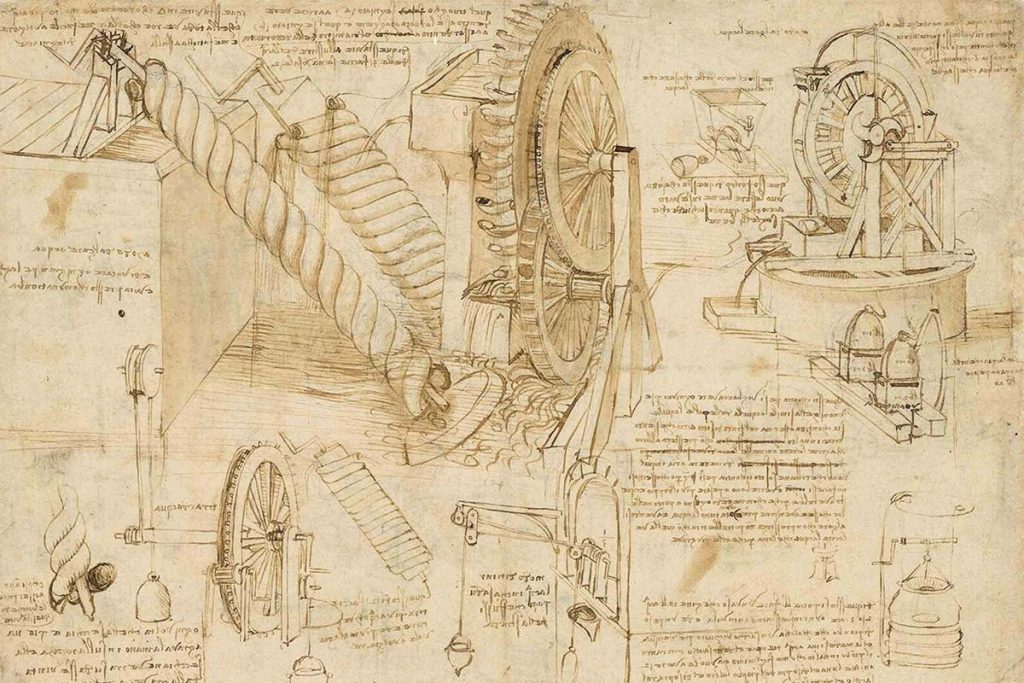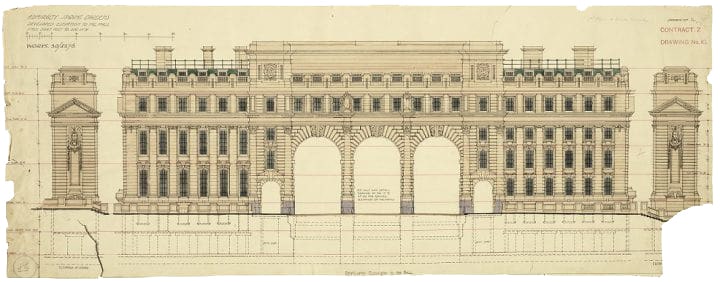Did you know that Leonardo da Vinci was not only a masterful artist but a brilliant scientist and inventor?
The most famous painter in history, who created iconic artworks such as The Last Supper, Vitruvian Man and of course, the Mona Lisa, also set the foundations for all sorts of contraptions we use today. The parachute, helicopters, our understanding of human anatomy and even the design for grinding convex lenses used for telescopes and glasses have their roots in da Vinci’s journals, to name a few.

We were first introduced to the 4-letter word ‘STEM’ at the beginning of this century, which stands for Science, Technology, Engineering and Maths and is widely used to group these subjects as well as related industries in the modern economy.
STEM subjects help students develop a strong foundation in technical skills, but it was the addition of the arts that enriched the framework by emphasising the importance of creativity, curiosity and innovation. When we say ‘The Arts’, we’re making room for areas such as language and visual arts, humanities, dance, drama and music. Today, we call it STEAM.
However, the movement from STEM to STEAM was not always welcomed. Critics argued that adding the arts potentially weakened the focus on core STEM subjects, diminishing mastery of these technical skills. Others have been concerned about the additional resources and training required for educators to adequately create cross-curricular activities that promote both technical and creative abilities.
On the other hand, many supporters believe that adding the arts encourages students to think creatively to approach problems from different perspectives, thinking outside of the box to uncover more innovative solutions.
Arts-based projects often create an environment for collaboration and communication, which are essential skills not only in the workplace but in our daily lives. In the age of AI, it’s our creativity, critical thinking, adaptability and strong communication that gives humans an edge over machines. Additionally, the arts can help students develop their emotional intelligence and empathy. Whilst AI can be programmed to mimic empathy, it doesn’t truly understand emotive reasoning that can be an important factor in decision-making.
Although STEM focuses on essential technical skills, it can be perceived as too rigid and structured concentrating on facts, figures and processes. The way these subjects are usually taught in school often reinforces this misconception, leading to students with a more creative mindset to become disengaged in lessons. STEAM caters to scientific thinkers, while accommodating for children that are better visual learners or need to get hands-on with concepts to make it real.

Let’s look at the field of architecture – here we see a strong reliance on engineering and maths, making use of complex calculations and material science to ensure structural integrity and maximise energy efficiency. But, consider the artistic vision that is needed to design beautiful buildings, homes and spaces that account for factors like colour, form and texture. This is a great example of how STEM and art are intertwined and how they complement each other in the world we live in.
While STEM is crucial for developing a deep content knowledge and a strong foundation, by adding the arts to the mix STEAM helps students to explore and express their creativity in new ways. The holistic approach of STEAM recognises that both technical and creative abilities are essential for success in the 21st century, developing more well-rounded individuals that are better prepared for their future careers.
As Leonardo Da Vinci said, “To develop a complete mind: Study the science of art; Study the art of science. Learn how to see. Realise that everything connects to everything else.”
Sign up to the STEMBricks newsletter to stay up-to-date with our latest blog posts, discover our bespoke lesson plans in collaboration with some of the leading companies in UK STEM, learn about career pathways and hear about special offers and promotions before anyone else!
Get building quickly with fast and FREE Delivery on all orders!
STEMBricks.co.uk is the LEGO Education branch of Getech, a multi-award winning technology partner for hundreds of schools, colleges and universities across the UK and Ireland since 1989.
Beyond supplying Educational Technology, our team of Certified LEGO Education Trainers help teachers, parents and businesses bring excitement to STEM subjects and inspire future generations of scientists and engineers!
Get more out of the LEGO Learning System with our monthly email newsletter sharing the latest updates, lesson ideas, learning supplements and special offers.
© 2025 Getech Ltd trading as STEMBricks.co.uk • LEGO, the LEGO logo and the Minifigure are trademarks of the LEGO Group. Used with permission.
Terms & Conditions • Privacy Policy • Modern Slavery Statement • Environmental Statement
To provide the best experiences, we use technologies like cookies to store and/or access device information. Consenting to these technologies will allow us to process data such as browsing behaviour or unique IDs on this site. Not consenting or withdrawing consent, may adversely affect certain features and functions.